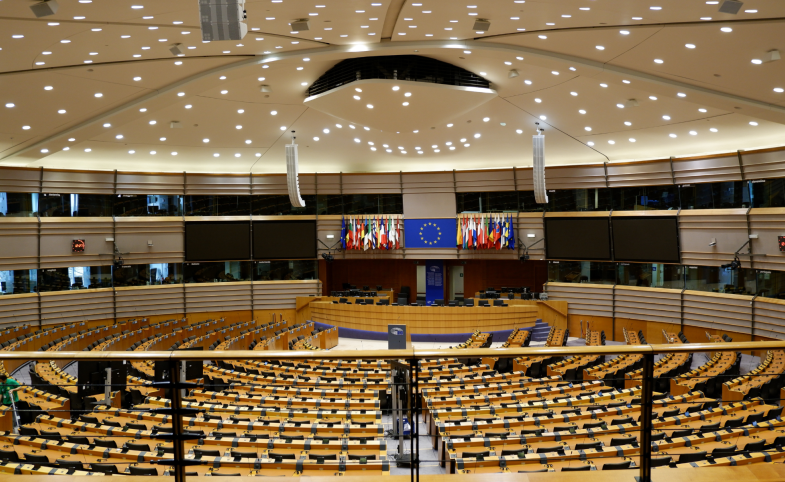The CPD Blog is intended to stimulate dialog among scholars and practitioners from around the world in the public diplomacy sphere. The opinions represented here are the authors' own and do not necessarily reflect CPD's views. For blogger guidelines, click here.

Pressure Without Consent
There is a difference between influence and authority. In today’s global system, many actors speak of cooperation, but operate through control. Hard power has not disappeared. It has changed form. What used to be visible--tanks, sanctions, ultimatums--is now embedded in legal texts, trade protocols, and institutional rules. It does not threaten. It arranges. It limits options quietly. It creates decisions that look like choices, but are not.
Hard power now operates through structure more than spectacle. It is exercised through the systems that decide who gets to speak, who gets to enter, and who gets punished for stepping outside the lines. Hard power is often framed as military strength or direct punishment. But that definition is incomplete. In reality, hard power is any mechanism that narrows the space for disagreement. If a country’s only realistic option is to comply or face political isolation, that is hard power at work. If a trade agreement is conditional on voting alignment at an international forum, the leverage is clear even if no threats are made.
The research shows a consistent theme. When hard power is used through institutions, its effects are harder to detect, but just as controlling. Behind every procedural vote, there can be layered consequences. Participation can be revoked. Funding can disappear. Reputation can collapse. The structure is clean. The pressure is real.
Robert Olson in “Economic Coercion in World Politics” explains how financial instruments, like trade bans, aid suspensions, or investment blocks, achieve political aims without open confrontation. It is not about sending troops. It is about closing doors.
Ian Hurd in “Legitimacy and Authority in International Politics” reminds us that once coercion replaces legitimacy, the system loses moral standing. Authority no longer rests on trust. It rests on fear.
In “Hard Power, Soft Power: Toward a More Realistic Power Analysis,” scholars warn that soft tools like cultural exchange or aid programs become hard when tied to nonnegotiable conditions.
In short, pressure disguised as participation is still pressure. And that is the modern face of hard power. Foreign aid, access to trade, and eligibility for forums are often made conditional on a state’s alignment with donor or host values. This is not new. But in recent decades, it has become normalized.
"If a country’s only realistic option is to comply or face political isolation, that is hard power at work."
To be clear, not all hard power is bad. Some conditions are justified. Some restrictions are necessary. But the balance must return. Legitimacy must be protected. Participation must mean something again. Here are four recommendations:
1. Public audits of participation in global institutions
2. Transparent agreements that disclose power imbalances
3. Review of voting rights based on updated representation metrics
4. Exit rights that do not punish dissent
These are not radical demands. They are the bare minimum for a system that wants to be trusted again.
If hard power continues to operate unchecked, diplomacy will become a performance. Systems will function, but only on the surface. And legitimacy, the only true currency in global affairs, will disappear. Diplomacy and governance function best when inclusion is voluntary, balanced, and respectful. Consent is the condition that ensures credibility, continuity, and confidence in every system built to serve the public good.
Visit CPD's Online Library
Explore CPD's vast online database featuring the latest books, articles, speeches and information on international organizations dedicated to public diplomacy.
POPULAR ARTICLES
-
November 3
-
November 5
-
November 13
-
October 16
-
October 16
Join the Conversation
Interested in contributing to the CPD Blog? We welcome your posts. Read our guidelines and find out how you can submit blogs and photo essays >.









